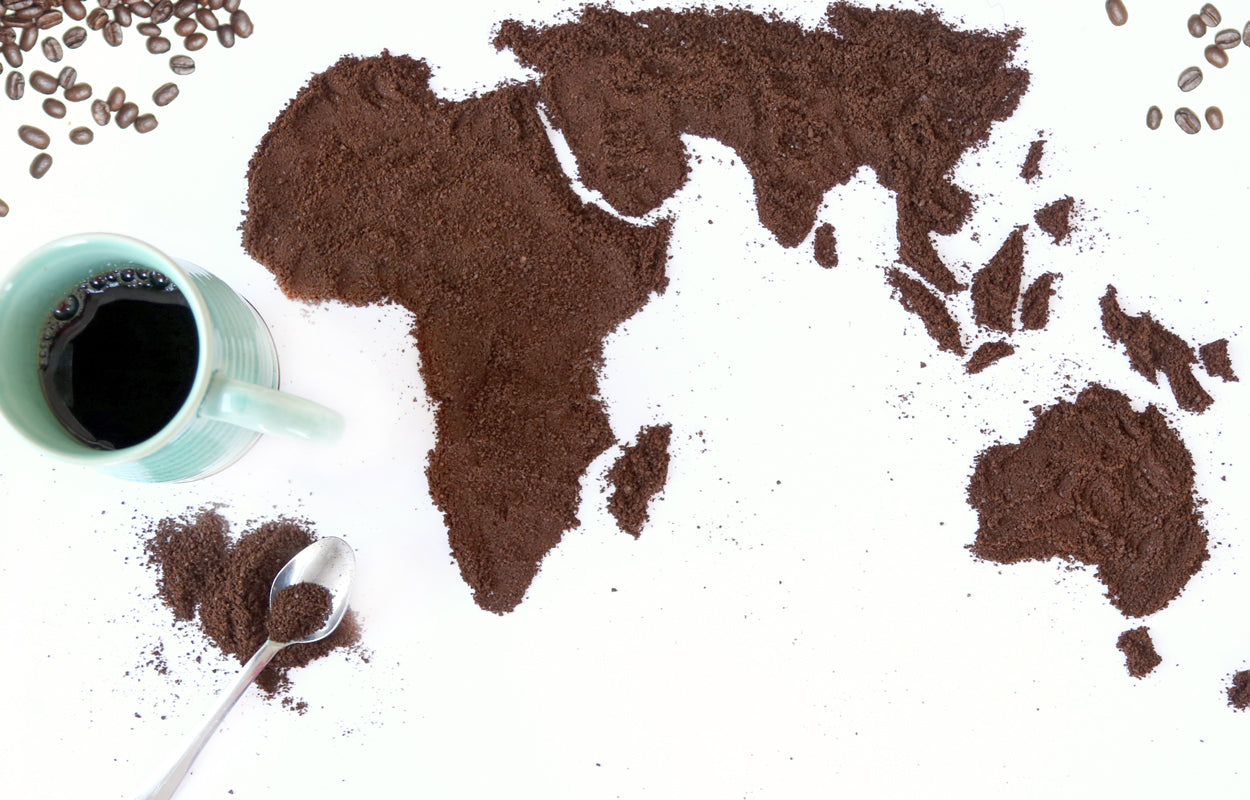
Coffee - From Beans to Brew
Last month, we explored the reasons why coffee is the drink of choice in the United States, and we learned all about espresso. This time, let’s talk more about where coffee comes from and discover all the intricacies behind coffee’s most common form in our country: the filtered brew. Interestingly enough, while Americans drink filtered coffee every day, the rest of the world seems to stick to either espresso or instant coffee (for some strange reason). But there are just as many wonderful possibilities to explore with the filtered brew as with pressure-extracted espresso.
The Basics
Coffee beans are not beans at all, but rather the seed of a fruit. Coffee in its fruit state is referred to as a “red cherry,” and is not usually consumed by humans.
The pit of the cherry, however, is dried (often by being spread out in the sun), roasted (after import) and ground (immediately before use). The coffee plant is a short, shrub-like plant that grows along the forest floor in warm climates.
Small Farms & Sustainability
Coffee plants require a very specific environment in order to thrive. If you look at a map, there’s a band that seems to hug the world around its middle, including South and Central America, the mid-section of Africa, and parts of Southeast Asia. Coincidentally, these regions also include much of the developing world, so it’s important that green coffee buyers (those who purchase beans prior to roasting) actively communicate with their farmers.
Coffee plants are delicate. Every factor, from rainfall to soil chemistry to treatment of harvested fruit, plays a role in the flavor of the end product. And it just so happens that some of the best-tasting coffee in the world is also sourced from farms where the farmers are educated and the environment is respected.
As with most things, if you want your end result to be the best quality, you need to put in the time. There are no shortcuts when it comes to growing good coffee. It means training farmers to know what to look for in a flavor profile. It means paying them enough that they can support themselves, with money left over to improve their farm. Clean water and soil with organic compost improves the taste of coffee. Investing in gourmet coffee also means investing in the people who produce it.
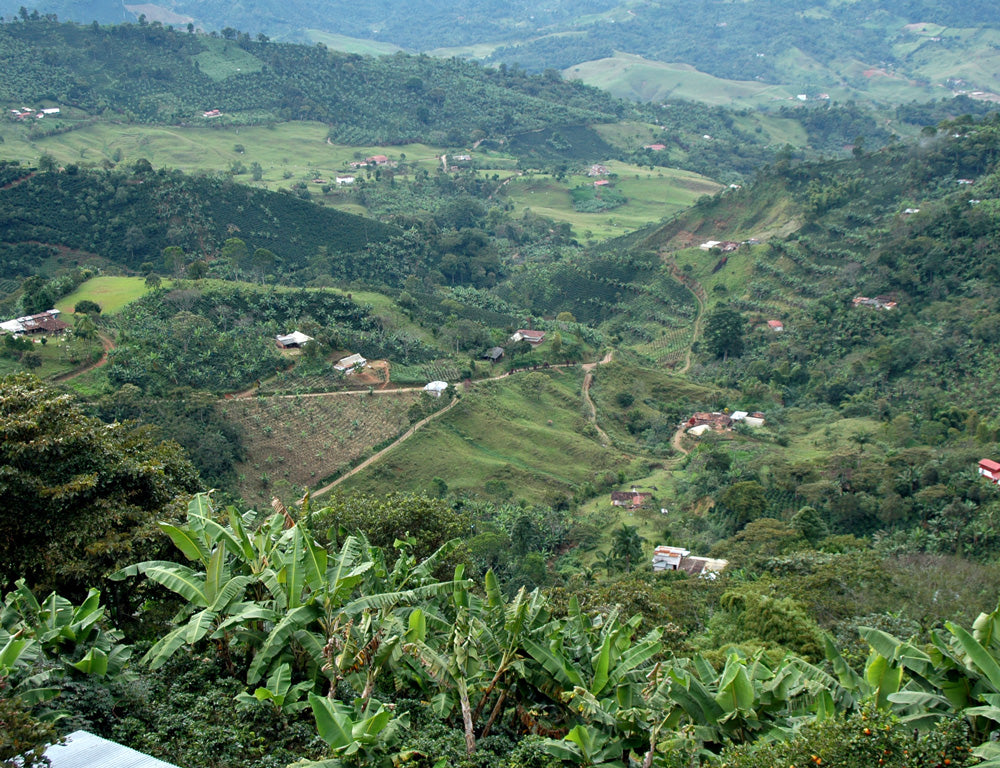
As for the environment, most coffee plants naturally grow in the shade of a forest canopy. Some types of African coffee thrive in full sun, and full-sun varieties for South American climates have been engineered in the past 25 years, but the best-tasting South American coffee still comes from plants grown in shade. And aside from the flavor, there are so many other benefits to growing coffee in the way that nature intended. Clear-cutting forests to make way for full-sun coffee plantations is harmful to biodiversity. The chemicals needed to sustain genetically modified plants are harmful to the soil’s acidity, and the runoff from these kinds of plantations can spread chemicals that pollute the environment. Additionally, migratory songbirds rely on this canopy. A coffee plantation should be an eco-system within itself. The kinds of native plants that would grow around coffee in the wild (like mango, lemon and avocado trees) help to maintain healthy soil.
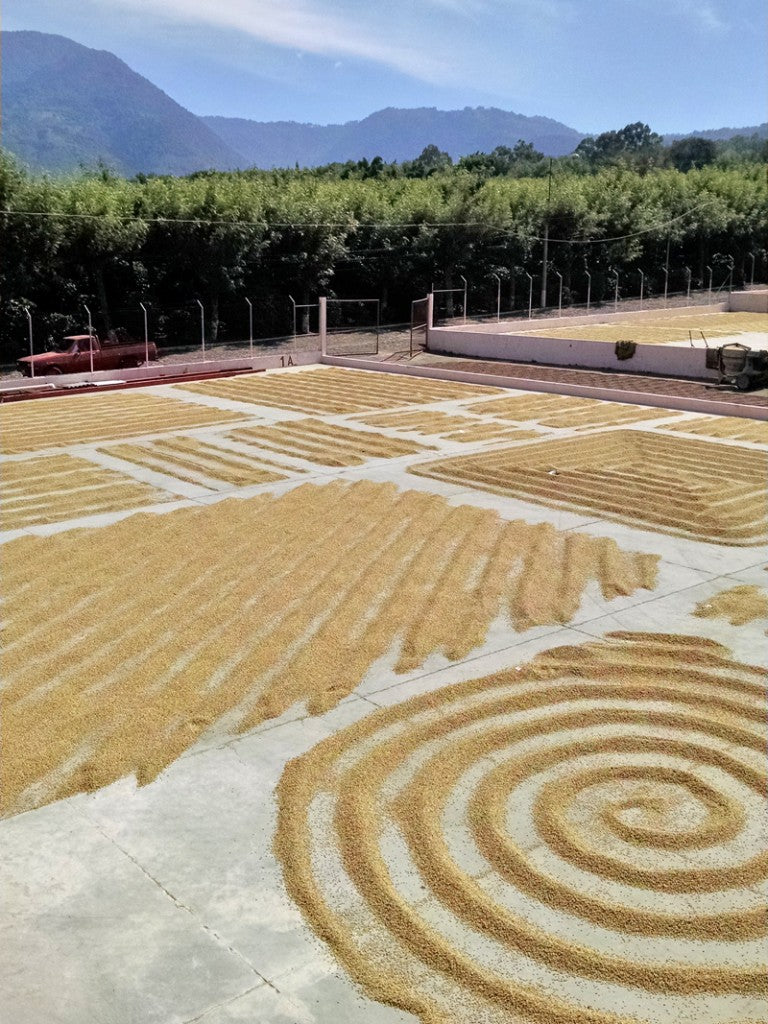
Flavor
But even if all of the environmental factors are in order, how do coffee farmers, green coffee buyers, roasters and baristas know that they are providing the best quality product to their customer? This is where “coffee cupping” comes into play. Cuppings are practiced by coffee enthusiasts worldwide.
It’s a chance for all the people involved in each step of the process to discuss the flavor profiles within each given variety of bean, after it’s been roasted and ground. There are even panels of judges who identify specialty or gourmet coffees, using sophisticated rubrics, and award the most unique varieties, determining the value of a bean.
Cuppings are a lot like wine tastings and tasters often will refer to a tool called a “flavor wheel” to help them articulate the flavor notes.
The diverseness of each type of coffee has a surprisingly wide range. From rich chocolate to bright citrus, even flavors shockingly similar to a green bell pepper! Aromas, appearance, taste and texture are all taken into account during coffee cuppings.
Brewing Methods
Once the roast has been chosen, it’s time to select a brewing method.
Pour-Over
This method requires a medium grind. There are a few different types of equipment that can be used—including a specialized pitcher that fits thick paper filters in the top (called a Chemex) or a ceramic piece known as a “bee house dripper” that holds a paper filter as it sits above a glass pitcher or coffee cup—but each calls for a slow-pouring kettle with a long spout. The basic idea behind the pour-over is that it gives the brewer the advantage of controlling each element of the brew, including water temperature and speed at which water is introduced to the grinds. It’s a more manual approach to brewing that eliminates a lot of the finicky characteristics of machines, but it does take more time and care.
Percolator
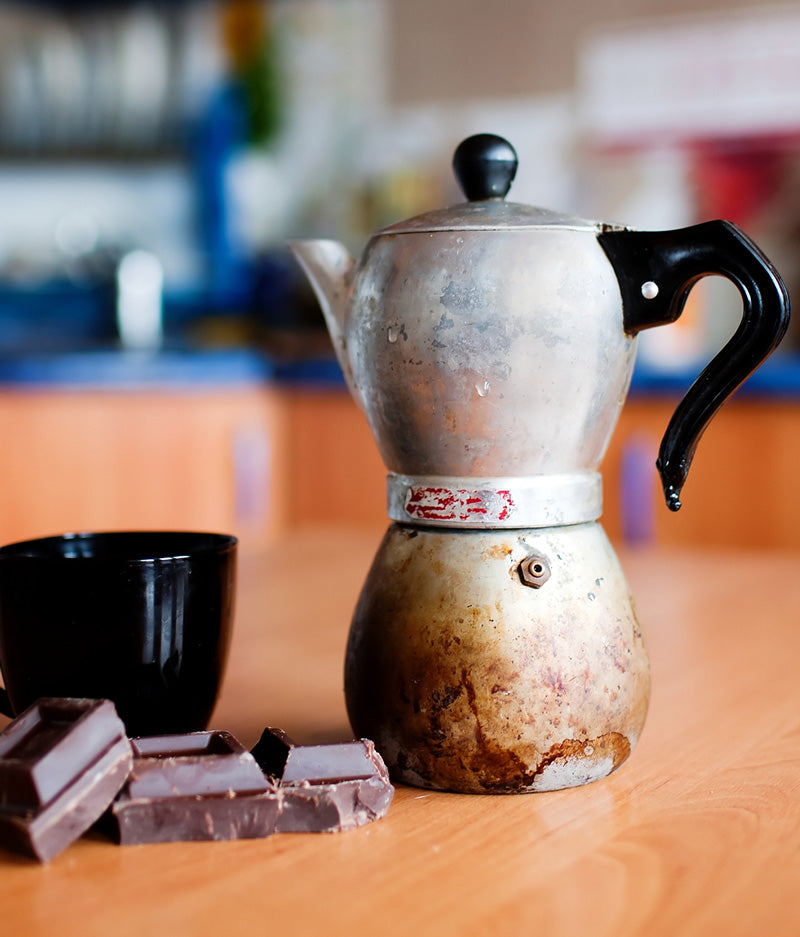
You might be most familiar with this brew method from old movies. While some brands still produce percolators, they largely lost their popularity in the 70s in favor of machines using paper filters. There are several kinds of percolators, ranging from stovetop varieties to electric ones that are timed to stop the brewing process and keep the contents warm. The basic idea behind the percolator is that water is heated from the bottom and splashes up into a metal basket containing coarsely ground coffee. While this method produces a robust aroma, it’s criticized for overheating the water and over-extracting the coffee. But if you’re interested in a truly dark, intense and smoky brew, this could be the option for you.
Electric Filter Drip
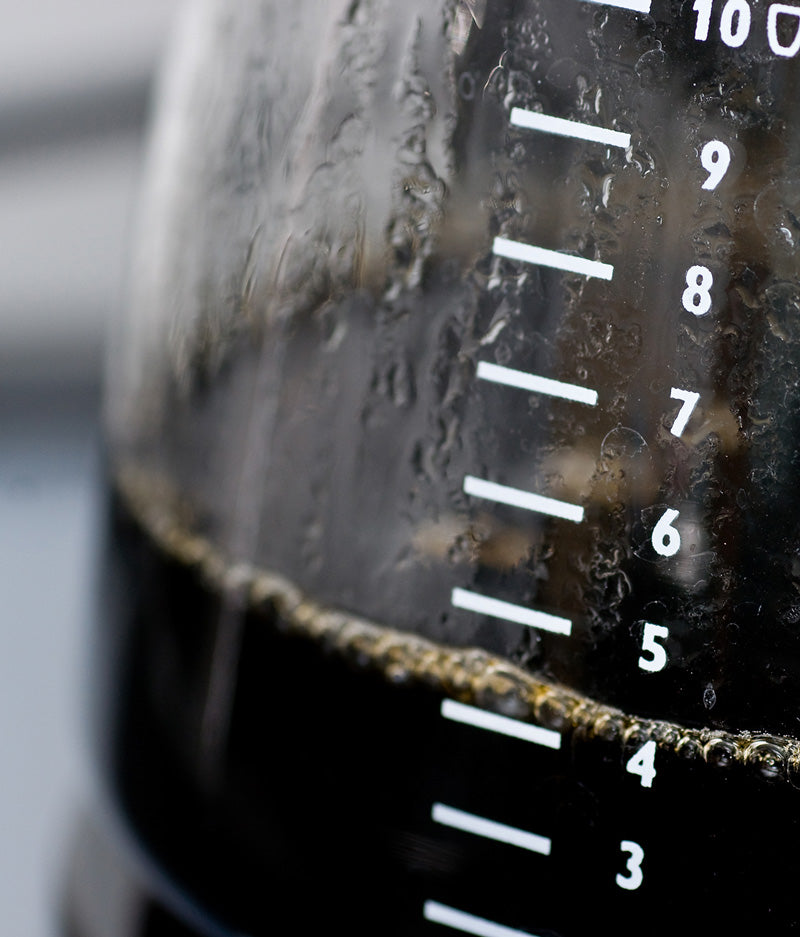
This is the method that most of us grew up with. These are the machines you will find in most households, restaurants, and offices, with a basket holding a paper filter, a basin for water and a pot that sits beneath to catch brewed coffee as it flows downwards. There are all sorts of models out there—from industrial-sized and pre-set timer versions, to the bare bones two-cup capacity type. The advantage of these machines is that the brewer can set it and forget it, making it convenient for a busy morning before work, and it won’t over-extract by filtering brewed coffee through the same grinds, like a percolator. But like any machine, it has its quirks, especially with age and mineral buildup, making control and consistency difficult if the machine is not routinely cleaned and maintained.
French Press
One of the simplest ways to brew coffee, the French press is a cylindrical piece (usually made of glass), with a plunger that forces grinds to the bottom, once pressed. To use a French press, grind your beans relatively course and scoop the appropriate amount of grinds into the bottom of the cylinder. Add a splash of hot water and swirl to agitate the grinds just a little bit, and then fill the rest of the way with water, pouring in a spiral motion, leaving enough room for the top and plunger to displace. Once the plunger has been pushed, the brewing process stops and the grounds are kept out of the brewed coffee. The advantage of this method is that the temperature of the water can be controlled before it is added to the grinds, but it poses some risk of over-extraction if the plunger is not introduced at the proper time (four minutes should do it!) or if the coffee is kept inside the French press for too long (transferring it to a different vessel is recommended to fully stop he process).
Types of Drinks
Just like with espresso, there are all sorts of ways to dress-up your regular filtered coffee. In the United States, a café au lait is regular filtered coffee with steamed milk, similar to a latte, but less intense. But most of us take our coffee with either cold milk, half & half, sugar, some combination of those things or just black! The preferred methods and fixings for the perfect cup of coffee are as diverse as the people who drink it. But it’s certainly fun to try every type and explore all the wonderful varieties of coffee that this earth has to offer.
READ NEXT: Coffee – An Espresso Story
READ NEXT: Cooking with Coffee: Savory & Sweet
READ NEXT: The Beginners Guide to Pour Over Coffee
REFERENCES: Equal Exchange, International Coffee Organizaion, Grounds for Change – Shade Grown Coffee, Serious Eats- Shade Grown Coffee, Specialty Coffee Association – Cuppings and Flavor Profiles, Counter Culture – French Press, Counter Culture – Pour Over


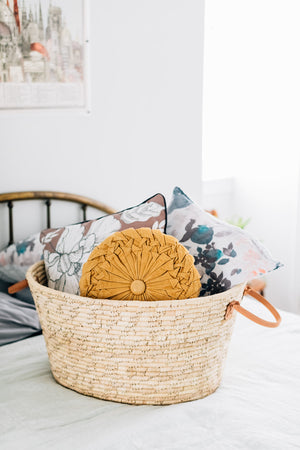

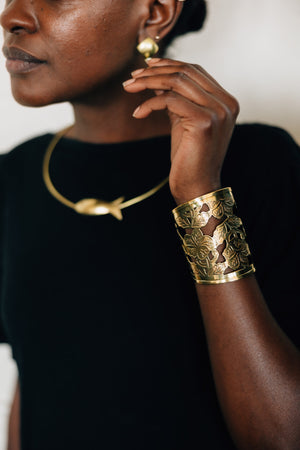
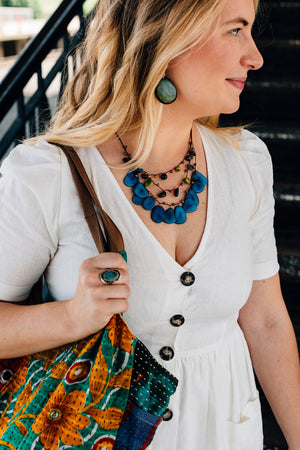
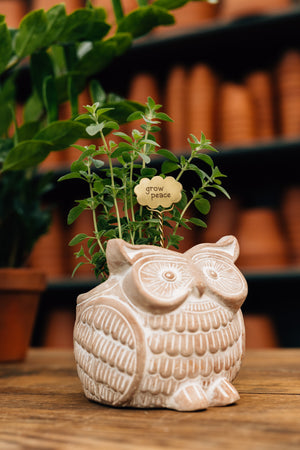
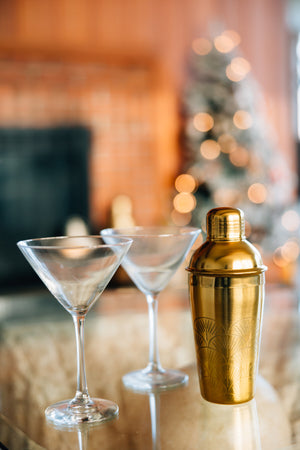



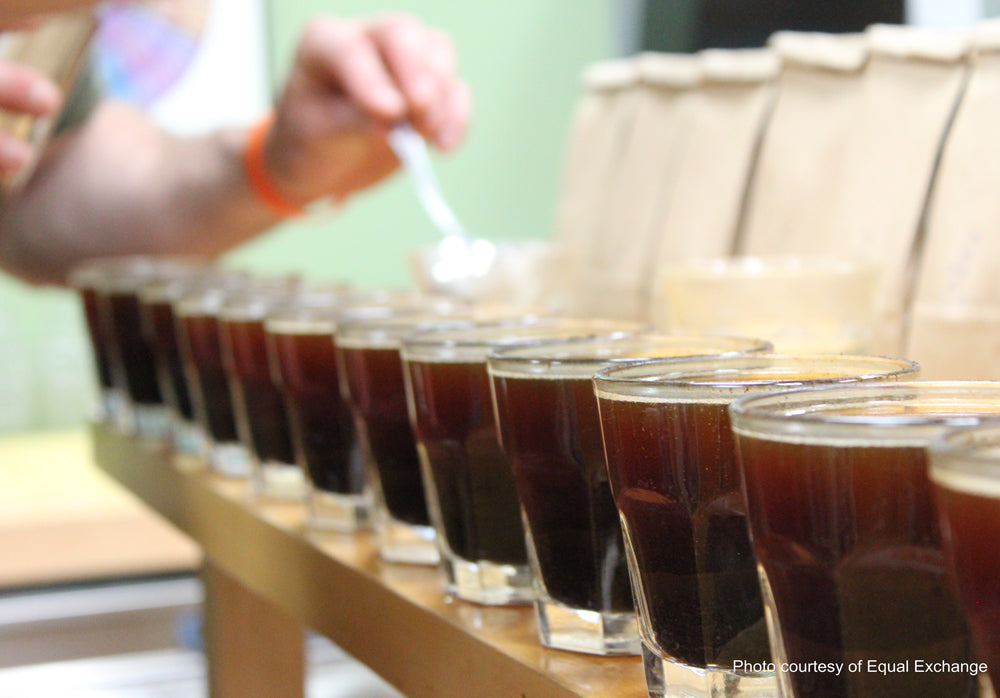
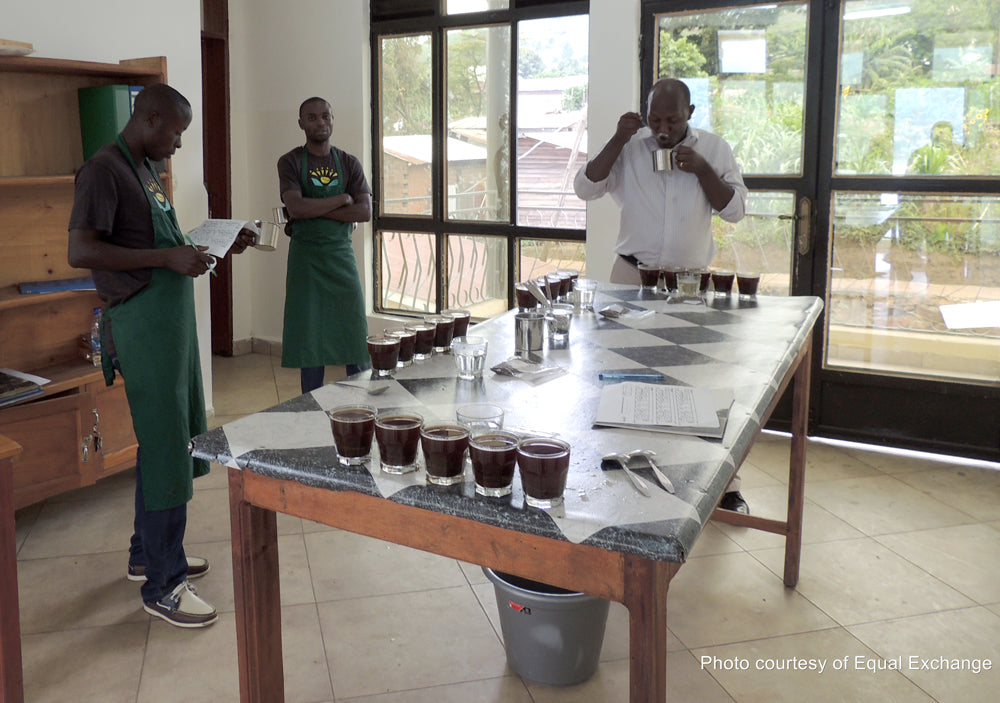
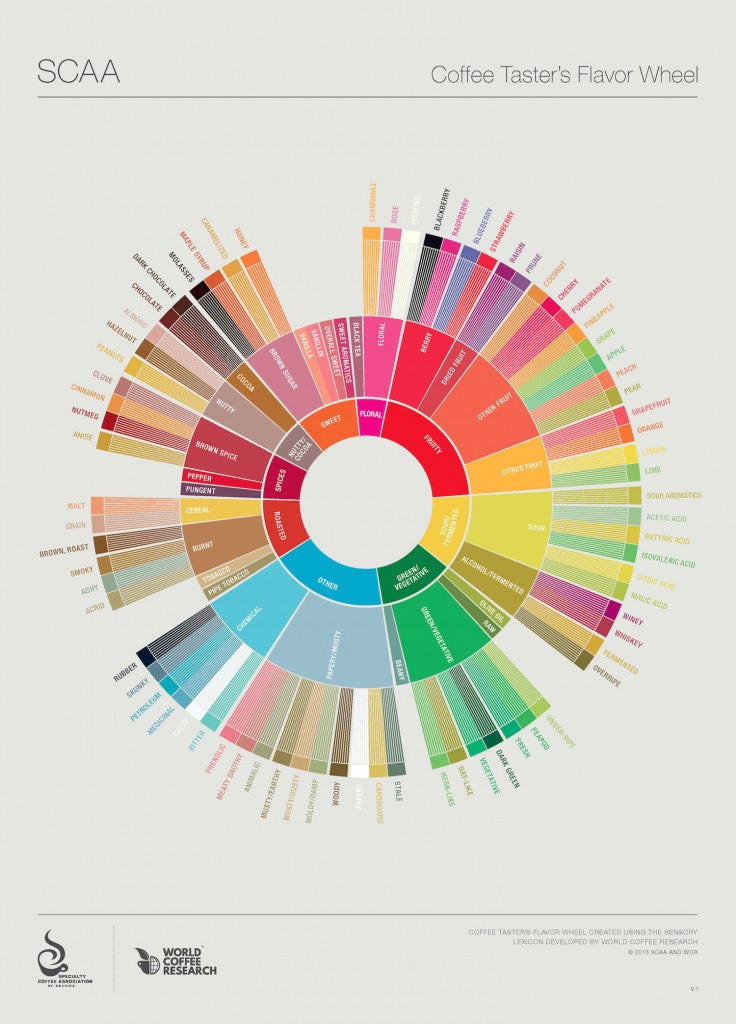
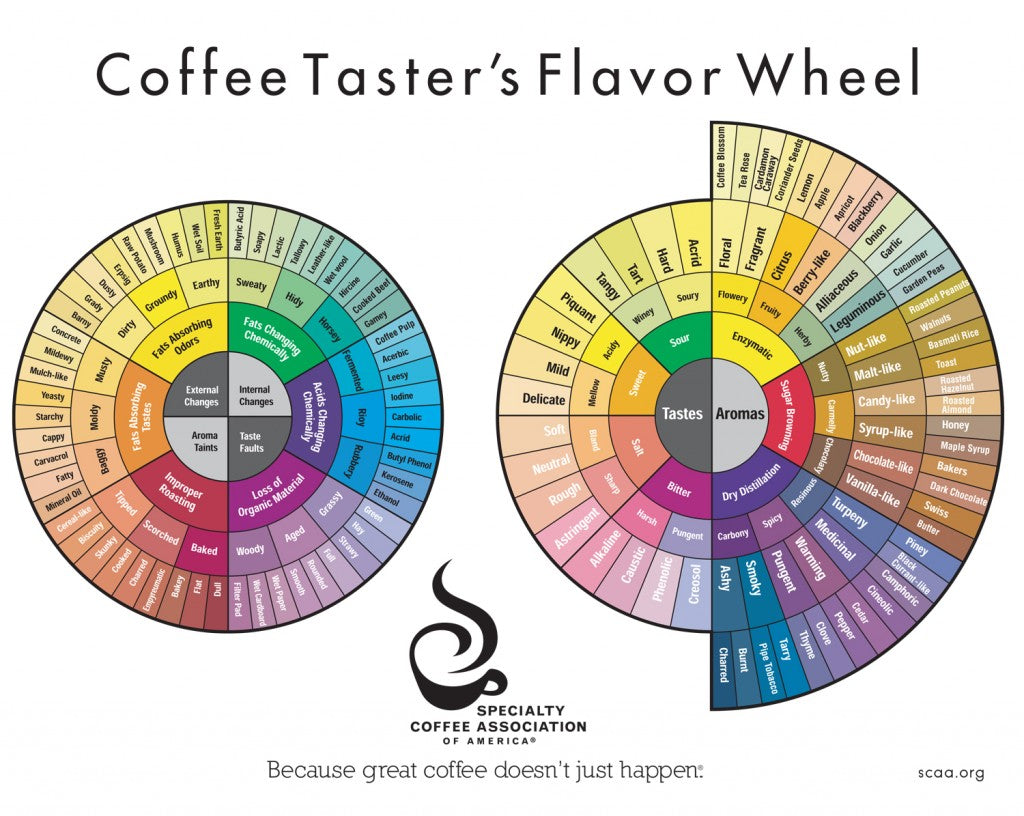

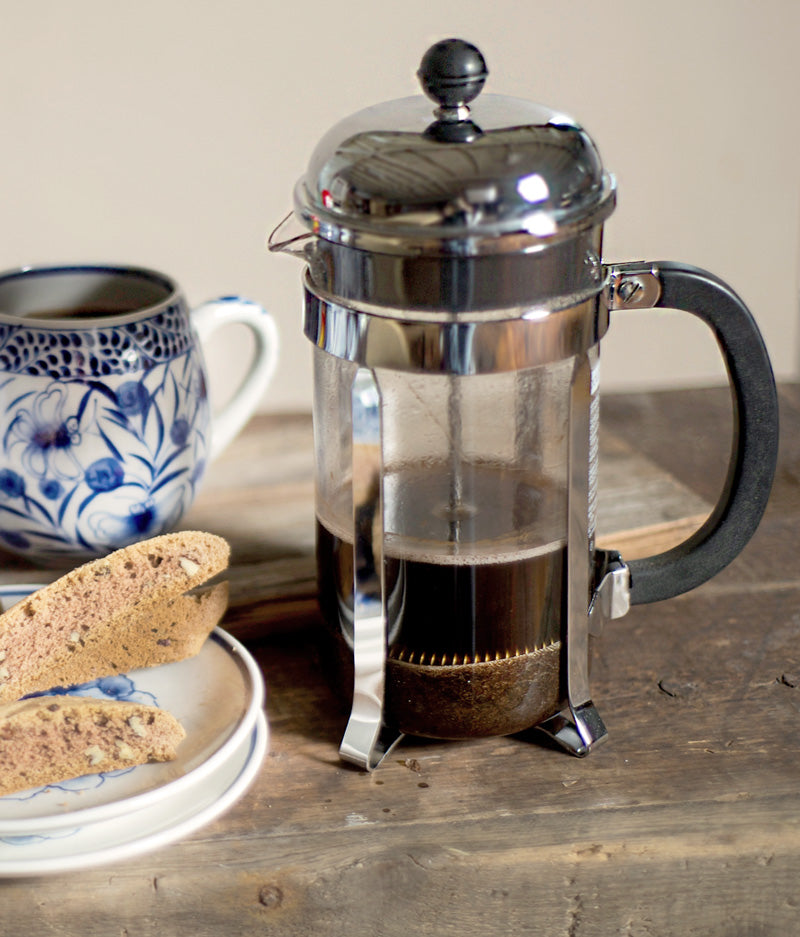
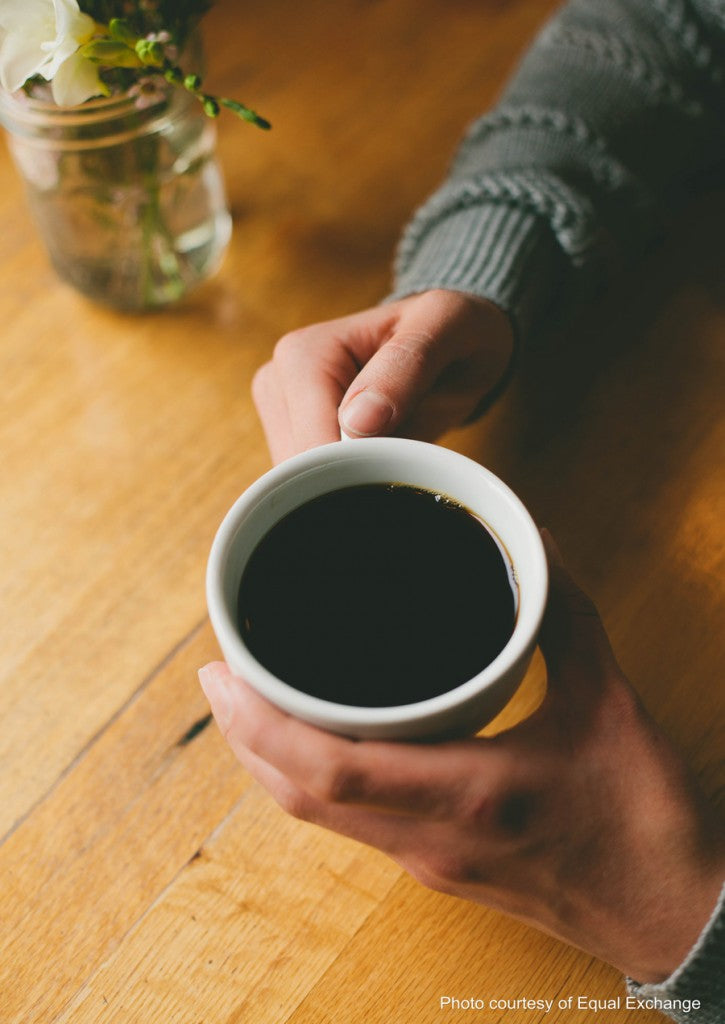
Leave a comment